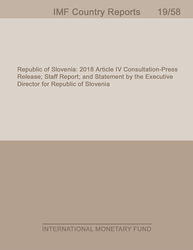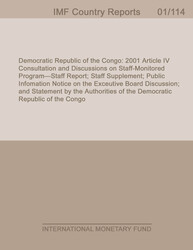
United States: Financial Sector Assessment Program-Financial System Stability Assessment
EXECUTIVE SUMMARY Welcome steps have been taken in strengthening the financial system. The Financial Stability Oversight Council (FSOC) now provides a useful forum for coordination; the regulatory perimeter has expanded; information sharing among agencies has improved; supervisory stress testing is leading changes in risk measurement and management; and new resolution powers have been established. But before the memory of the crisis begins to fade, it will be important to complete the reform agenda and resist attempts to overturn previously agreed measures. It is, therefore, critical that rulemaking under the Dodd-Frank Act (DFA) should be completed and implementation of several other agreed measures should begin. The regulatory landscape remains fragmented resulting in gaps, overlaps, and the potential for delayed responses to emerging risks, and should be simplified over time. While the FSOC has taken important steps in dealing with the 'Too-Big-To-Fail' problem, the enhanced standards for systemic non-banks need to be put in place. Key fault lines in housing finance, money market mutual funds, and the triparty repo and securities lending markets need to be addressed. Meanwhile, new pockets of vulnerabilities have emerged, partly in response to the continuing search for yield. While most indicators suggest that risks to financial stability have receded, potential areas of concern remain. Large and interconnected banks dominate the system even more than before. Risks are elevated in the non-bank sector, where "run" and "redemption" risks are increasing as a result of leverage and maturity transformation, and deeply interconnected wholesale funding chains. Insurers have taken on greater market risk and could be faced with negative equity in a downside scenario. This requires a continuing focus on strengthening the micro- and macro prudential framework. The FSOC should be strengthened with member agencies being given an explicit financial stability mandate. The comprehensive data needed to build a clear view of systemic risks and interconnections must be collected. An independent national regulator is an imperative for the insurance sector to address gaps with international standards (including weaknesses in valuation and solvency requirements) and to ensure consistency in regulation and supervision. Bank supervisory guidance for concentration, operational, and interest rate risk needs to be updated. Outstanding rulemaking in the securities and derivatives space should be completed and emerging issues in effective market functioning should be tackled. The supervision of asset managers needs to be enhanced including explicit requirements on risk management and internal control and a structured effort to stress test the industry. Risk management standards for Financial Market Infrastructures need to be fully implemented. Finally, the responsibility for system-wide crisis preparedness and management needs to be clearly defined. The FSOC is the natural candidate for this role. Developing credible resolution plans for all systemically important financial institutions and infrastructures will be an important component of this work.
Publication date: July 2015
ISBN: 9781513592787
$18.00
Add to Cart by clicking price of the language and format you'd like to purchase
Available Languages and Formats
| English |
Prices in red indicate formats that are not yet available but are forthcoming.
Topics covered in this book
This title contains information about the following subjects.
Click on a subject if you would like to see other titles with the same subjects.
Money and Monetary Policy , International - Economics , Public Policy ,
Also of interest
Summary
Copyright © 2010 - 2025
Powered by:
AIDC



